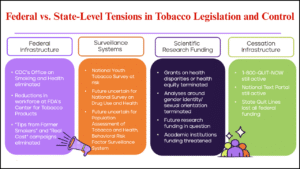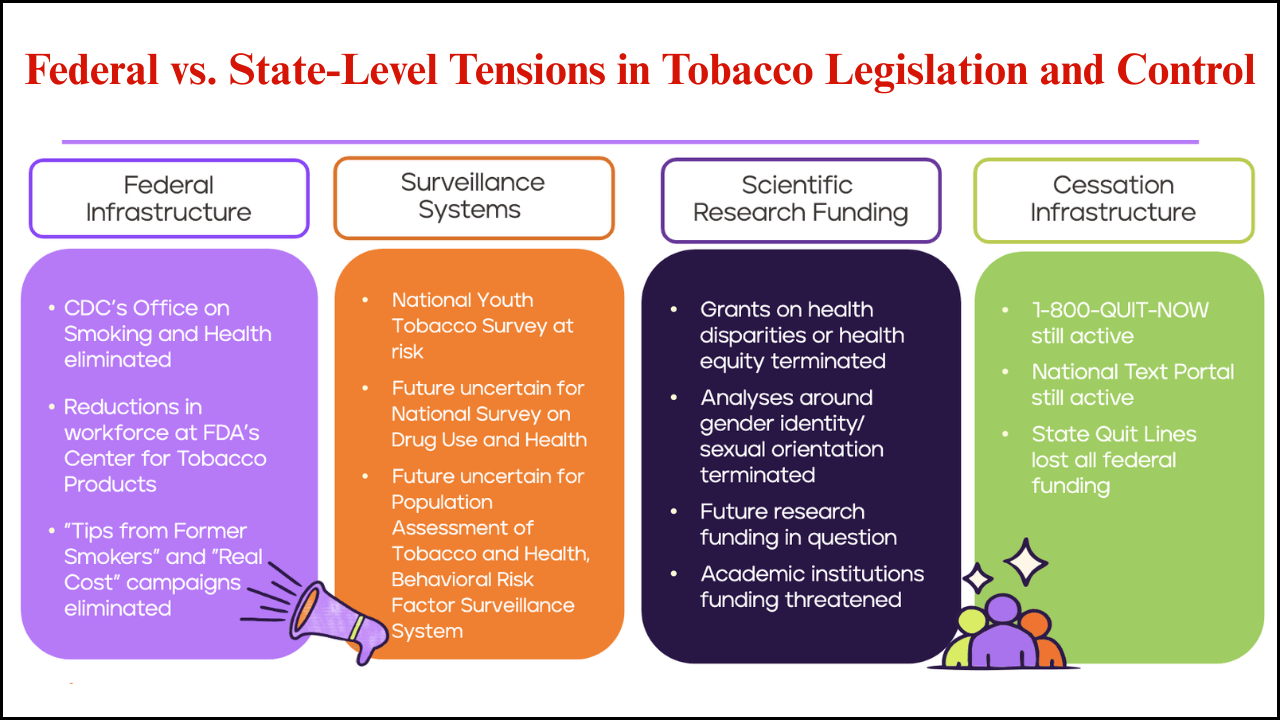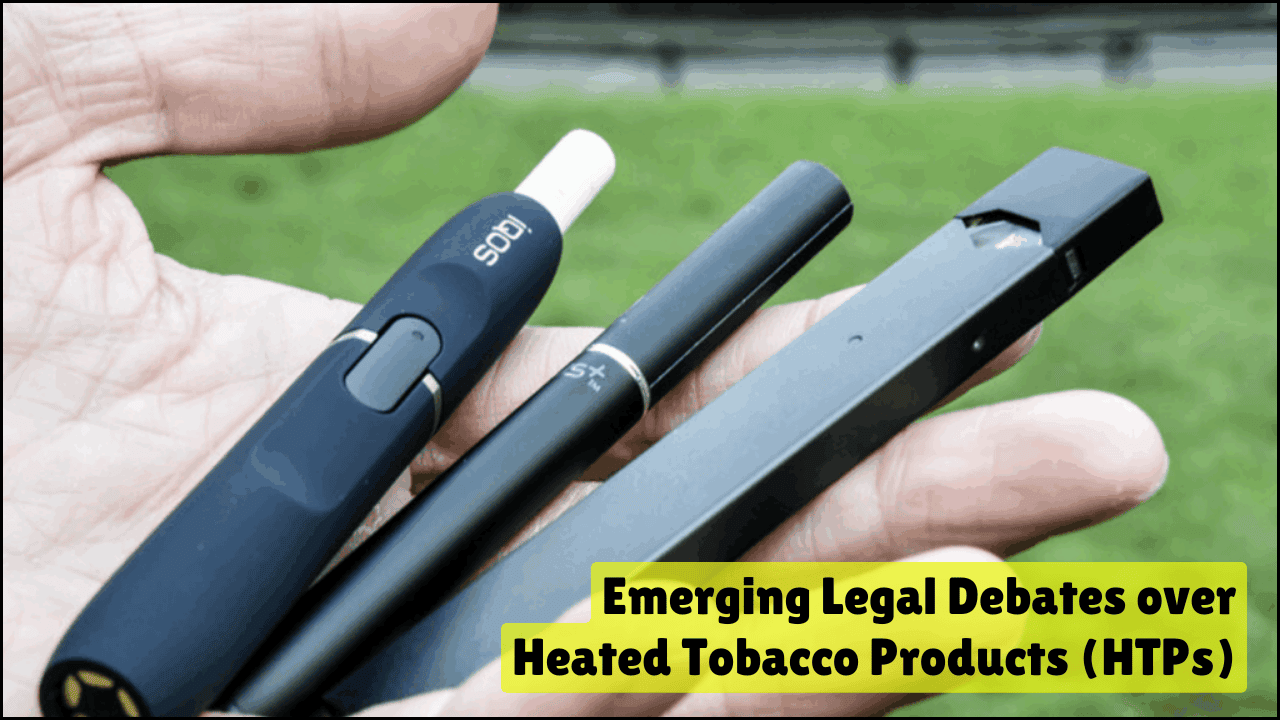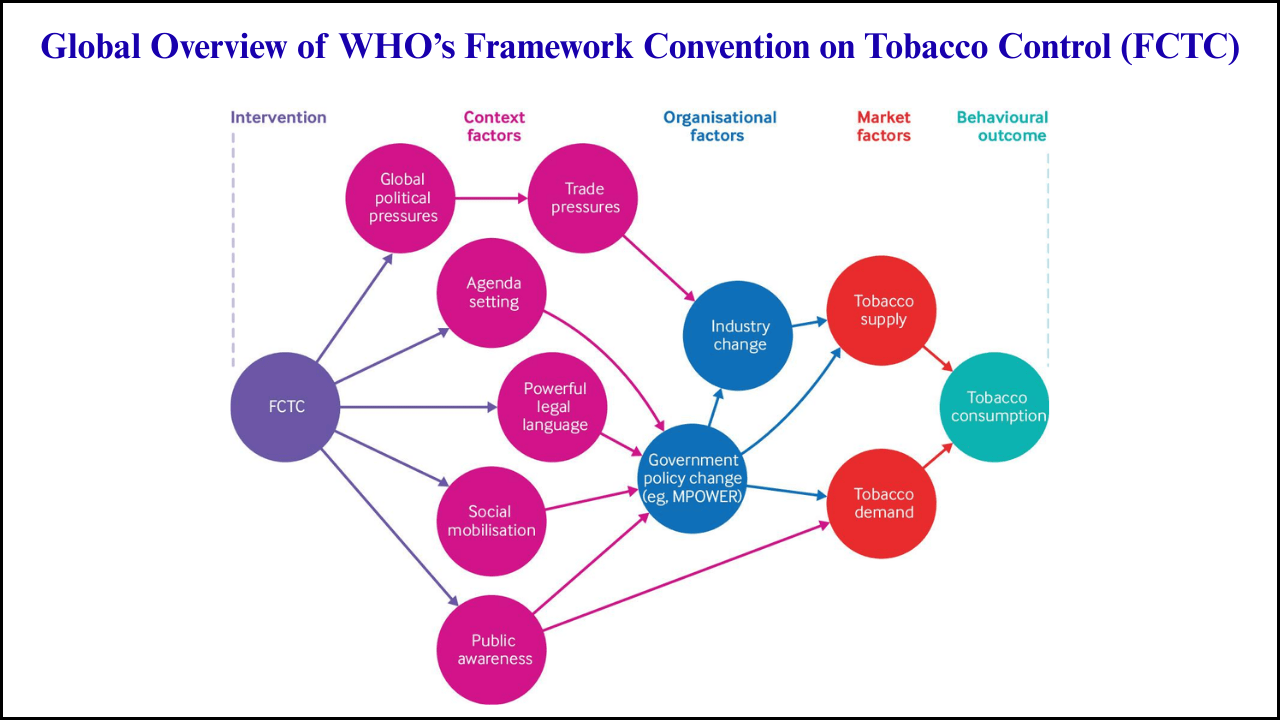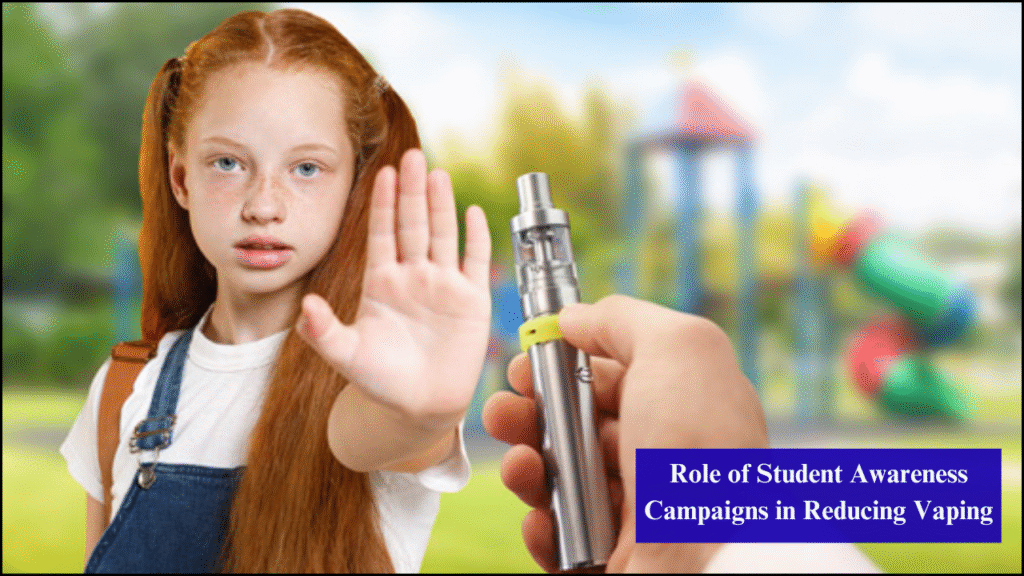
Student health holds a critical place in shaping the progress of any society. The rising trend of vaping among young individuals has raised concerns globally, especially in schools, colleges, and universities. Student awareness campaigns serve as an important tool to address this issue, as they help build knowledge, correct misconceptions, and encourage positive behavior changes. A well-designed campaign can prevent experimentation, reduce peer influence, and ultimately contribute to healthier lifestyles.
Table of Contents
Understanding Vaping and Its Appeal Among Students
- Definition: Vaping refers to the act of inhaling aerosol, often containing nicotine and flavoring, produced by electronic cigarettes or similar devices.
- Perception: Many students consider vaping safer than traditional smoking, which makes it more appealing.
- Attraction Factors:
- Flavored products designed to taste like fruits or sweets.
- Peer pressure and social acceptance.
- Stress relief during academic or personal challenges.
- Influence of advertisements and online promotions.
Why Student Awareness Campaigns Are Essential
- Early Intervention: Targeting students before habits form reduces the risk of long-term addiction.
- Correcting Myths: Campaigns highlight the harmful chemicals and addictive nature of vaping.
- Empowerment: Students gain the confidence to say “no” when offered e-cigarettes.
- Community Impact: Schools and colleges become healthier spaces with collective participation.
Key Components of Effective Student Awareness Campaigns
- Educational Workshops: Interactive sessions explaining the health risks of vaping.
- Peer-led Discussions: Student leaders sharing experiences to influence their peers.
- Posters and Visual Media: Eye-catching designs placed in common areas to spread messages.
- Digital Campaigns: Use of social media platforms to share facts and personal stories.
- Collaboration with Health Experts: Doctors and counselors providing real insights about health consequences.
Methods Used in Campaigns to Reduce Vaping
- Storytelling: Real-life accounts of individuals affected by vaping-related illnesses.
- Role-play Activities: Students practicing refusal skills in peer pressure scenarios.
- Competitions: Debates, poster-making, or essay writing to engage students creatively.
- Counseling Support: On-campus access to mental health professionals for students trying to quit.
- Policy Integration: Linking campaigns with school rules to create consistency.
Positive Outcomes of Student Awareness Campaigns
- Improved Knowledge: Students become aware of the harmful substances in vaping devices.
- Behavioral Shift: Many avoid experimentation after learning about health effects.
- Peer Resistance: Students who attend campaigns are more likely to resist peer pressure.
- Community Engagement: Parents and teachers also become informed participants.
- Long-Term Health Benefits: Reduced risk of addiction leads to a healthier adulthood.
Comparative Analysis: Awareness Campaigns vs Punitive Measures
| Aspect | Awareness Campaigns | Punitive Measures |
|---|---|---|
| Focus | Education and prevention | Discipline and punishment |
| Impact on Students | Builds knowledge and decision-making skills | Creates fear but limited learning |
| Long-Term Effectiveness | Sustainable reduction in vaping | Temporary compliance |
| Student Engagement | Encourages participation and dialogue | Restricts open communication |
| Community Response | Positive acceptance by parents and teachers | Often seen as harsh and negative |
Challenges Faced in Student Awareness Campaigns
- Limited Resources: Budget restrictions affect reach and creativity.
- Misinformation: Online platforms often promote vaping as safe.
- Peer Pressure: Students may still try vaping despite awareness.
- Lack of Follow-up: Campaigns without continuous reinforcement lose impact.
- Accessibility Issues: Remote or underfunded schools may not organize regular programs.
Strategies to Overcome Challenges
- Collaboration with NGOs: Partnering with organizations focused on youth health.
- Teacher Training: Equipping educators with updated information to guide students.
- Parental Involvement: Conducting workshops for parents to monitor and support their children.
- Continuous Programs: Organizing campaigns multiple times in an academic year.
- Incorporation into Curriculum: Adding vaping awareness into health education subjects.
Case Studies of Successful Campaigns
- High School Campaign in the USA: A campaign titled “The Real Cost” successfully reduced e-cigarette usage among teenagers by focusing on long-term health consequences.
- University Initiative in Australia: Peer-to-peer workshops led by student volunteers encouraged open discussions, leading to a measurable decline in vaping on campus.
- Community-Linked Program in India: Schools partnered with local health officials to deliver bilingual awareness content, ensuring students from diverse backgrounds understood the risks.
Role of Digital Media in Student Awareness Campaigns
- Social Media Platforms: Instagram reels, YouTube shorts, and TikTok-style videos quickly capture attention.
- Interactive Apps: Gamified apps that test knowledge on vaping dangers.
- Online Forums: Safe spaces where students ask questions anonymously.
- Virtual Counseling Sessions: Accessible to students who cannot attend physical workshops.
- Hashtag Movements: Campaigns using hashtags to spread awareness across borders.
Benefits of Student-Led vs Teacher-Led Campaigns
| Criteria | Student-Led Campaigns | Teacher-Led Campaigns |
|---|---|---|
| Relatability | High, as peers face similar challenges | Moderate, as teachers may seem authoritative |
| Engagement Level | Interactive and energetic | Structured but sometimes less dynamic |
| Credibility | Influential through peer connection | Stronger due to expertise and authority |
| Creativity | More innovative approaches like social media content | More formal methods like lectures |
| Impact | Strong among fellow students | Strong among parents and administrators |
Future Directions for Student Awareness Campaigns
- Integration with Technology: Use of virtual reality to simulate the health impacts of vaping.
- Cross-Cultural Exchange: Sharing success stories of campaigns between schools in different countries.
- Stronger Policies: Encouraging governments to support awareness campaigns through funding.
- Holistic Health Education: Linking vaping awareness with mental health and lifestyle discussions.
- Sustained Research: Conducting studies to measure the long-term impact of campaigns on student behavior.
The Way Forward
Student awareness campaigns stand as one of the most effective ways to address the rising issue of vaping. Knowledge-driven initiatives empower young individuals to make informed choices, reduce the influence of peer pressure, and develop healthier lifestyles. A combination of peer involvement, parental support, and digital engagement ensures that these campaigns reach every corner of student life. Sustainable efforts, reinforced with policy support and continuous learning, can make a significant difference in reducing vaping among students and shaping a healthier future generation.
Q&A Section
1. Why do students start vaping despite knowing the risks?
Peer influence, curiosity, stress, and attractive marketing are common reasons.
2. How can parents support awareness campaigns?
Parents can attend workshops, discuss risks openly with their children, and monitor their online exposure.
3. Are awareness campaigns more effective than banning vaping products?
Yes, campaigns build long-term understanding, whereas bans may only reduce access temporarily.
4. Can digital platforms replace traditional awareness methods?
Digital platforms can complement traditional methods, but face-to-face campaigns remain essential for stronger engagement.


